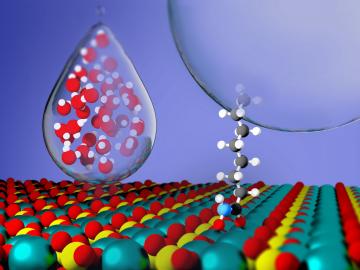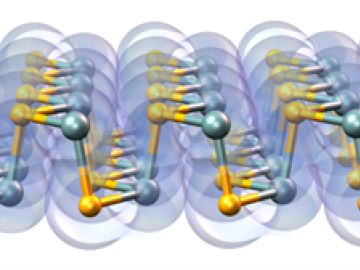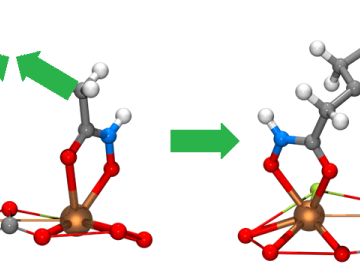Robert Hettich: Decoding biological complexity with next-gen mass spectrometry
Filter News
Area of Research
News Type
News Topics
- (-) Critical Materials (3)
- 3-D Printing/Advanced Manufacturing (5)
- Advanced Reactors (1)
- Artificial Intelligence (37)
- Big Data (22)
- Bioenergy (9)
- Biology (11)
- Biomedical (17)
- Biotechnology (2)
- Buildings (4)
- Chemical Sciences (5)
- Computer Science (96)
- Coronavirus (14)
- Cybersecurity (8)
- Energy Storage (8)
- Environment (22)
- Exascale Computing (26)
- Frontier (32)
- Fusion (1)
- Grid (5)
- High-Performance Computing (43)
- Isotopes (2)
- Machine Learning (15)
- Materials (15)
- Materials Science (16)
- Mathematics (2)
- Microscopy (7)
- Molten Salt (1)
- Nanotechnology (11)
- National Security (8)
- Neutron Science (13)
- Nuclear Energy (4)
- Partnerships (1)
- Physics (8)
- Polymers (2)
- Quantum Computing (20)
- Quantum Science (24)
- Security (6)
- Simulation (16)
- Software (1)
- Space Exploration (3)
- Summit (43)
- Transportation (6)
Media Contacts

Critical Materials Institute researchers at Oak Ridge National Laboratory and Arizona State University studied the mineral monazite, an important source of rare-earth elements, to enhance methods of recovering critical materials for energy, defense and manufacturing applications.

A multi-lab research team led by ORNL's Paul Kent is developing a computer application called QMCPACK to enable precise and reliable predictions of the fundamental properties of materials critical in energy research.

Scientists from the Critical Materials Institute used the Titan supercomputer and Eos computing cluster at ORNL to analyze designer molecules that could increase the yield of rare earth elements found in bastnaesite, an important mineral


